In January 1973, George Lucas wrote his first treatment for “Star Wars.” Words did not come easily to the director, who always considered himself more a filmmaker than a screenwriter, but the universe in his mind was already bulging at the seams.
Having failed to secure the rights to science fiction serial “Flash Gordon,” Lucas set out to create his own galaxy, far, far away. Even then, it featured a spacefaring princess, dog fights, warrior monks, and a Manichean battle between good and evil.
But movie bosses were skeptical. “How could he realize this universe?” was the question asked by financers. The answer lay close to home.
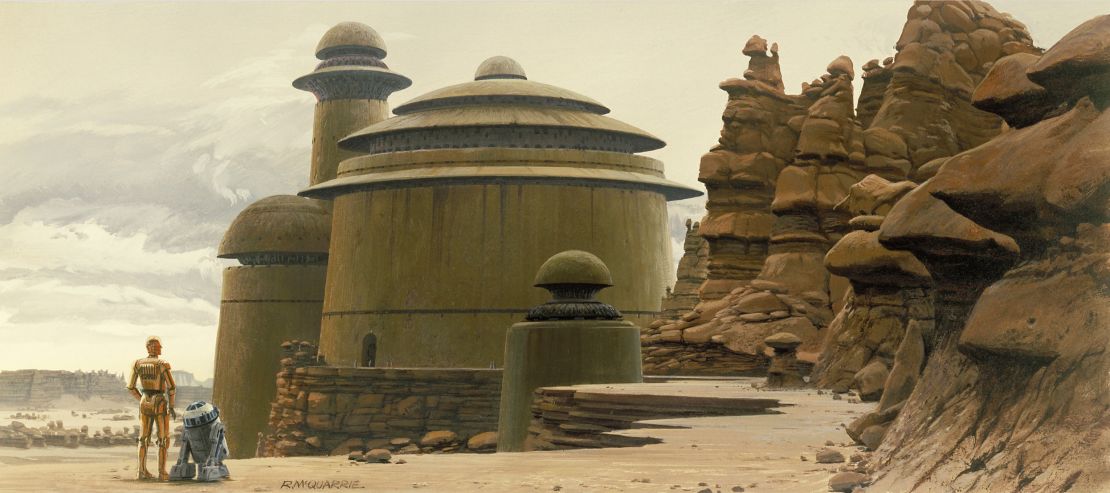
“From the beginning, George and production illustrator Ralph McQuarrie really grounded the world of ‘Star Wars’ in an Earth-bound reality,” explains Phil Szostak, creative art manager at Lucasfilm and author of upcoming book “The Art of Star Wars: The Last Jedi.”
The visual language of “Star Wars” and its sequels, prequels and spin-offs borrow symbols and landscapes from cultures and faiths around the world to carefully delineate an alien universe.
“They give you just enough mnemonic for you to go: ‘Oh, I recognize that,’” says David Reat, director of postgraduate studies in architecture at the University of Strathclyde. Providing an uncanny familiarity is “what Star Wars does better than any other film series.”
A foundation stone for this analogue is architecture. “Episodes I, II, and III were grounded in the (designs of the) ’20s and ‘30s … episodes IV, V, and VI were grounded in the heavy manufacturing of the ‘70s and ‘80s,” Lucasfilm executive creative director Doug Chiang has said. The current sequels, he adds, reflect our times.
'Star Wars' architecture
A journey through Lucas’ galaxy takes in Mayan ziggurats, examples of Baroque, Art Nouveau, Modernist and Brutalist architecture, the Classical era and the early Middle Ages – and even the aesthetic of the Third Reich. After eight films and $7.7 billion in box office receipts, this bricolage is set to expand when “Episode VIII: The Last Jedi” lands on December 15.
With the help of experts, we unpick the architectural inspiration behind various Star Wars planets, and discover how their design has, in some cases, come to influence our own.
Naboo
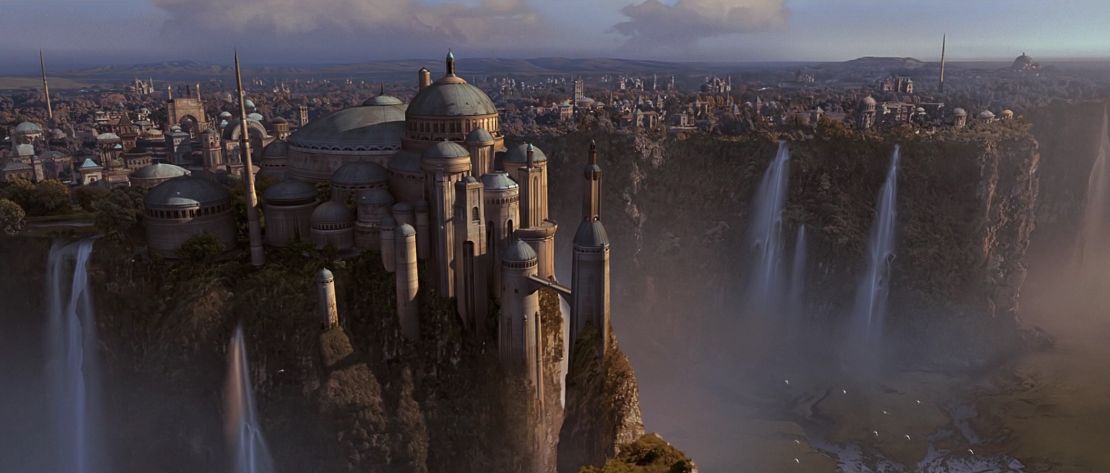
Home to Luke and Leia’s mother Padme, the planet Naboo was first properly introduced in “Episode I: The Phantom Menace” (1999). The peaceful Earth-like idyll from space was a mishmash of European architectural styles on the ground, often informed by the sensibilities of Frank Lloyd Wright.
“Wright was a massive influence on Lucas,” says Reat. The American’s organic style, designing in harmony with his buildings’ surrounds, was a good match for the nature-loving people of Naboo.
One Wright project in particular inspired Naboo’s architecture. Marin County Civic Center, in San Rafael, California, was the last commission undertaken by the great architect. It was a building Lucas was familiar with; the Lucasfilm campus Skywalker Ranch is an 11-mile drive away, and the director used the center’s interiors in his 1971 directorial debut “THX 1138.” We see shades of Marin’s blue roofs in Naboo’s patina domes and semi-circular cut outs, combined with myriad Classical elements.
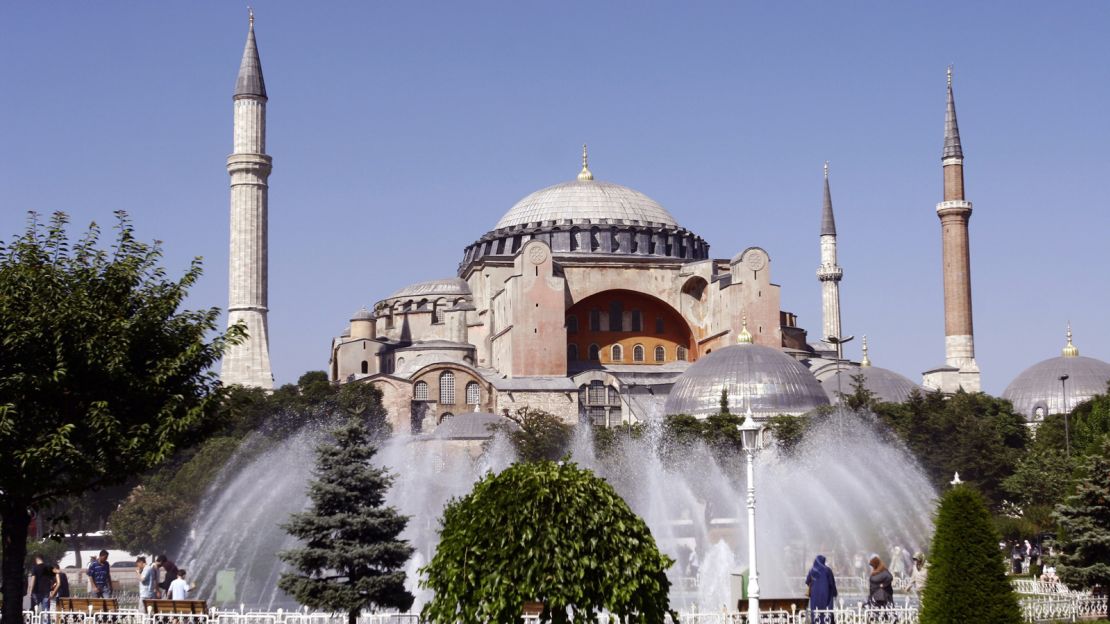
“There’s a real Byzantine flavor to (the Naboo capital of) Theed,” says Reat. “A real crossbreed of Italian, Baroque and Turkish mosque architecture.” The royal palace exterior is modeled on two great monuments: the Hagia Sophia and the Blue Mosque in Istanbul. Its Baroque and Rococo interiors were shot in the Royal Palace of Caserta, in southern Italy, home to 18th century Bourbon kings. But these imposing structures were toned down by concept artists like Chiang, who imagined the palace clinging to the side of a cliff, with waterfalls flowing through it.

Naboo’s non-human inhabitants, the reptilian Gungans, lived underwater in “a kind of Art Nouveau, Jules Verne bubble city,” says Reat. Its curvilinear forms and flourishes echo the metalwork of European architects Hector Guimard and Victor Horta, he adds.
“One of George’s original edicts was for the designs to not call too much attention to themselves,” says Szostak. Part of that was to make everything “completely relatable to 20th and 21st century humans.”
The idea was to evoke an age of innocence at the turn of the 20th century, before the First World War and the hyper-industrialization of the Western world – or in Star Wars parlance, before the robots of the Trade Federation invade.
Coruscant
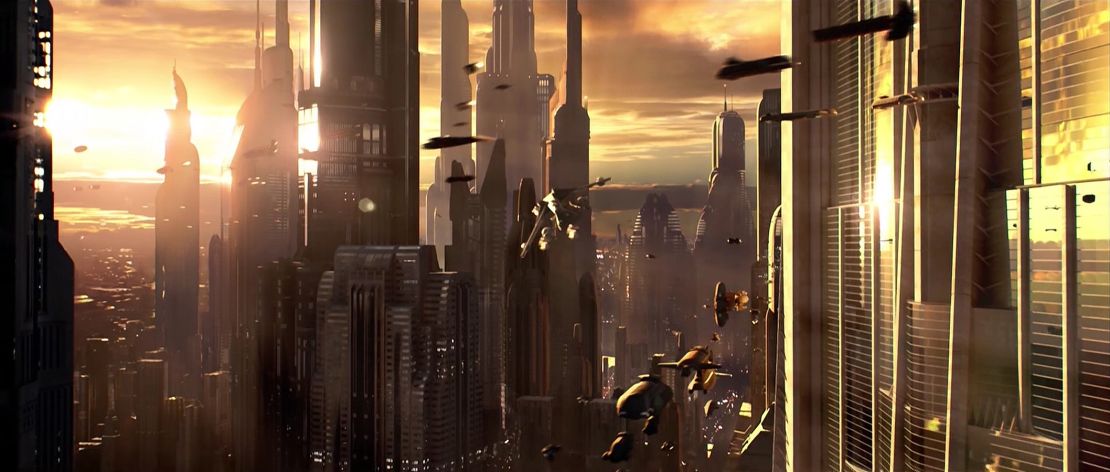
Coruscant, the capital of the Galactic Republic, made its debut in 1997 in the special edition of “Episode VI: Return of the Jedi,” but like Naboo, it had a stronger presence in the prequels (1999-2005).
The city planet was partly inspired by 1940s science fiction, Reat explains, and the world of Trantor, dreamed-up by author Isaac Asimov. The concept was built on further by 20th century Greek city planner Constantinos Doxiadis: “He devised a term called ‘ecumeonpolis,’ a planet completely encrusted in cities,” Reat adds.
That idea has remained unchanged since Ralph McQuarrie’s first sketches. The buildings that populated it, however, have evolved drastically.
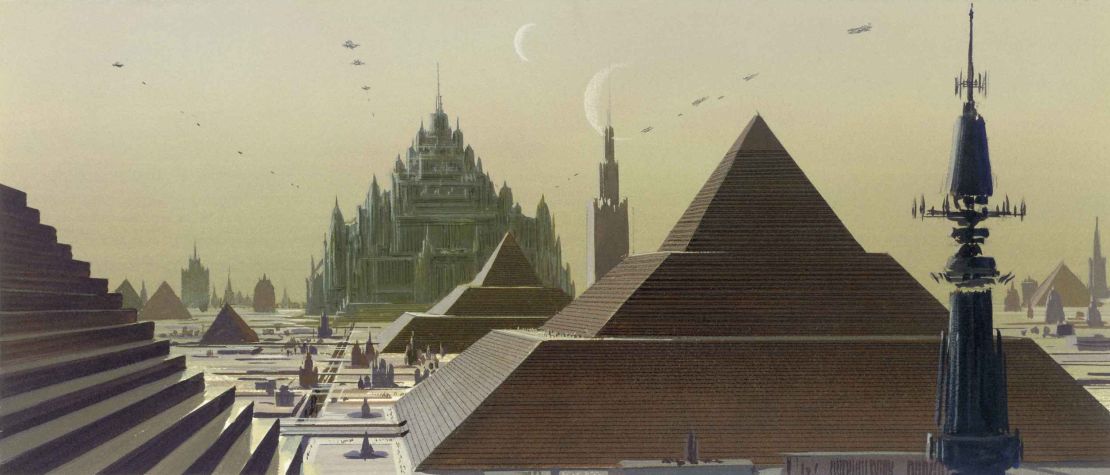
McQuarrie’s paintings from the time of “Return of the Jedi” (1983), when the planet went by the name of Had Abbadon, show pyramids dotting the landscape and the Imperial Palace rising above all in the distance. The Emperor’s domain features Gothic touches and a silhouette somewhere between the Prambanan Hindu temple, in Indonesia, and the facade of Milan cathedral – a radical departure from anything seen in the Star Wars universe. But technological limitations and plot changes meant the planet and the palace never featured in the theatrical cut, and Luke never got to duel his father in a throne room surrounded by a lake of lava (really).

Our first extensive look at Coruscant came in “The Phantom Menace,” by which point the cityscape was composed of supertall skyscrapers. “When Lucas was describing it (to concept artists) he was describing Manhattan,” says Reat. “He admired two skyscrapers in particular: the Empire State and the Chrysler Building.” The latter’s Art Deco metallic curves would inform much of Coruscant’s CGI vistas, transforming the planet into a “1930s New York on steroids.”
The Death Star (and derivatives)
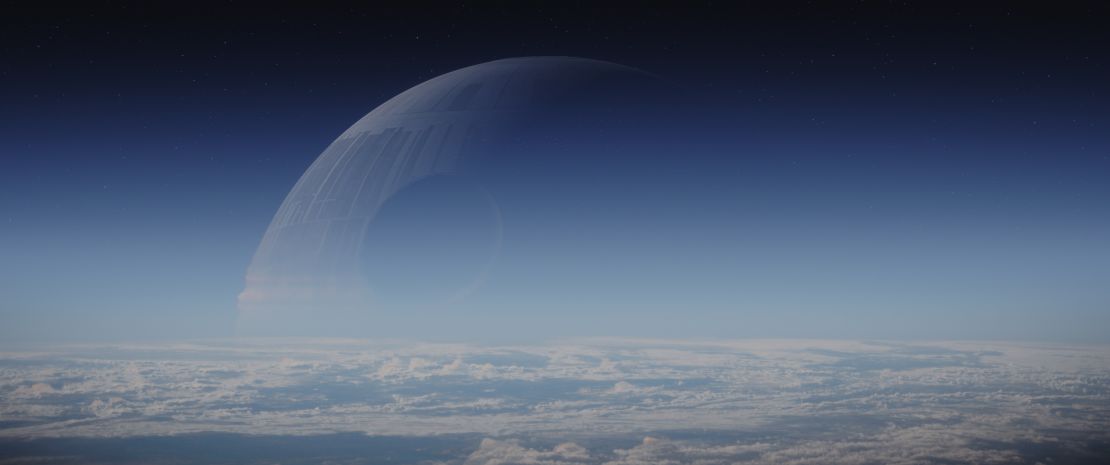
“That’s no moon … it’s a space station.” Gray and spherical, it was an easy mistake to make. The roving destroyer of worlds was monumental in proportions and gave us our first glimpse of Imperial aesthetics – a look that “owed a massive amount to the Third Reich,” says Reat, including its color palette.
Intentionally or not, the Death Star embodied much of the credo of Suprematism, an abstract movement defined by Russian artist Kazimir Malevich in the 1910s. Malevich prized bold geometric forms and block color, leaving these shapes to float in space on the canvas (see: “Black Circle” [1915]). However, the Death Star didn’t always look this way.
“It was designed from the inside out,” says Reat. “Lucas had decided on these relentless corridors and John Barry – production designer and a trained architect – said: ‘Well, there’d be some sort of curvature to that.’ McQuarrie drew a set of concentric circles … and then they encapsulated it and made it into the big orb that you see now.”
The result was a thing of terrible beauty – but surprisingly easy to destroy.
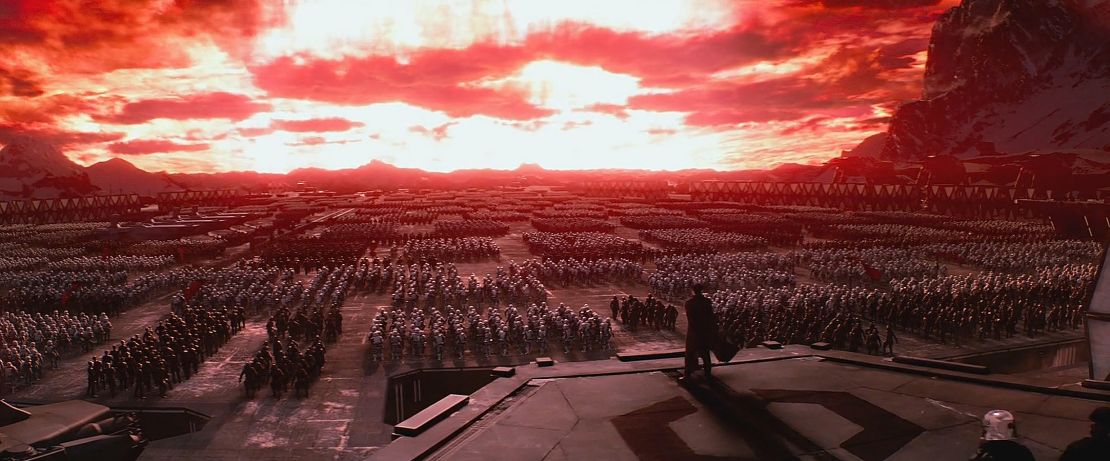
Two films later in “Return of the Jedi” we got a second Death Star. With its unfinished curves and frayed extremities, it looked like the abstract urban landscapes painted by the late Zaha Hadid (who herself was influenced by the Russian avant-garde). This time the space station’s fatal flaw was its reactor core, in a capacious chamber looking like any number of nuclear cooling towers.
Finally, Starkiller Base, the planet-come-Death Star from “Episode VII: The Force Awakens” (2015). The First Order, made up of remnants of the Empire, took the same awesome ideology and terraformed it by burrowing into a commandeered ice planet.
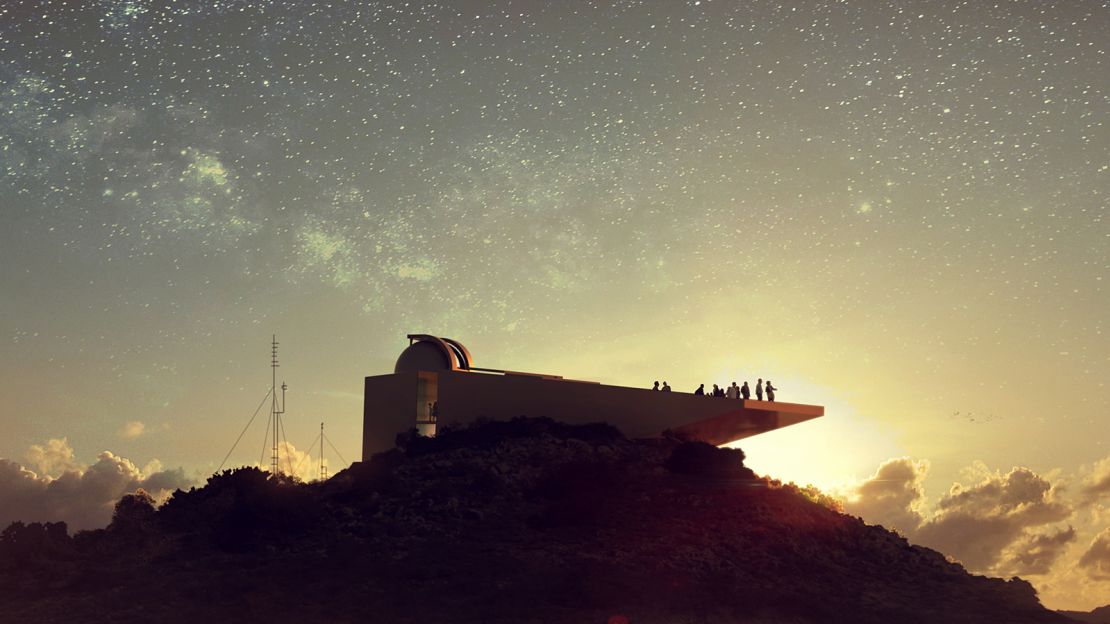
On the surface, the First Order spelled out their fascist credentials with a Nuremberg-esque display of force. “It’s not subtle,” says Reat. But then it’s not supposed to be, argues Szostak: “Everything in ‘Star Wars’ needs to read at a glance.”
The focal point bunker fused Nazi architect Albert Speer’s “Zeppelinfeld” tribune from Nuremberg and the “beton brut” fortifications along Hitler’s “Atlantic Wall.” The firing of the base’s superweapon gave proceedings their own “Cathedral of Light” moment.
Cloud City, Bespin
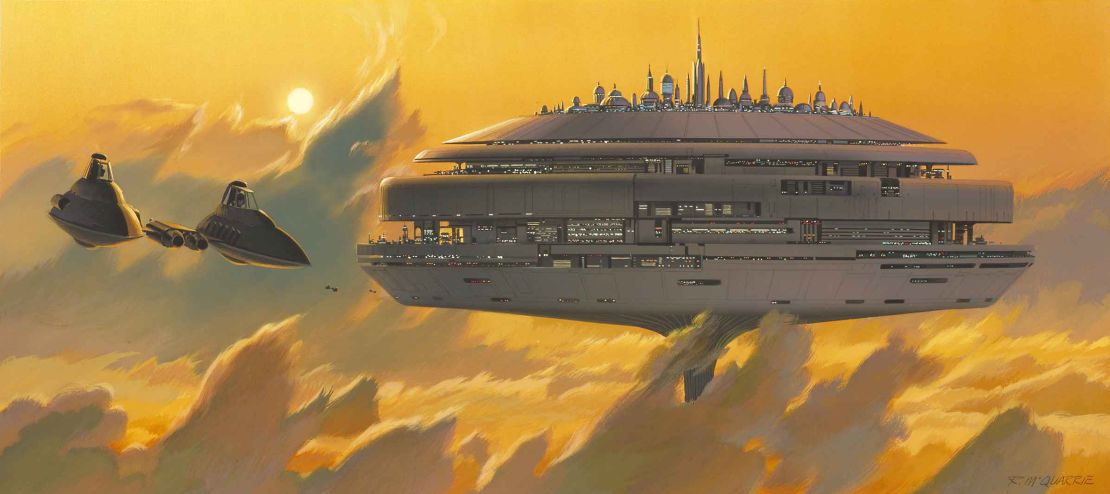
The gas giant Bespin was unable to maintain life in all but one strata of its atmosphere, and it was there that Cloud City set up camp. The location of the third act of “Episode V: The Empire Strikes Back” was “amoral,” “run by a scoundrel” and “had no affiliation with either side of the conflict,” describes Reat. (Those anticipating “The Last Jedi” will have seen shades of Cloud City in new locale Canto Bight.)
Cloud City’s origins stretch back to the early 18th century, argues Reat, in the flying city of Laputa from Johnathan Swift’s “Gulliver’s Travels.” That was “effectively a metaphor for British imperialism,” he says. “This thing cast a shadow over a city and it could fall and crush it at any moment.” The symbolism is more potent when one considers Ralph McQuarrie’s original 1975 sketches imagined the floating city as an Imperial base.
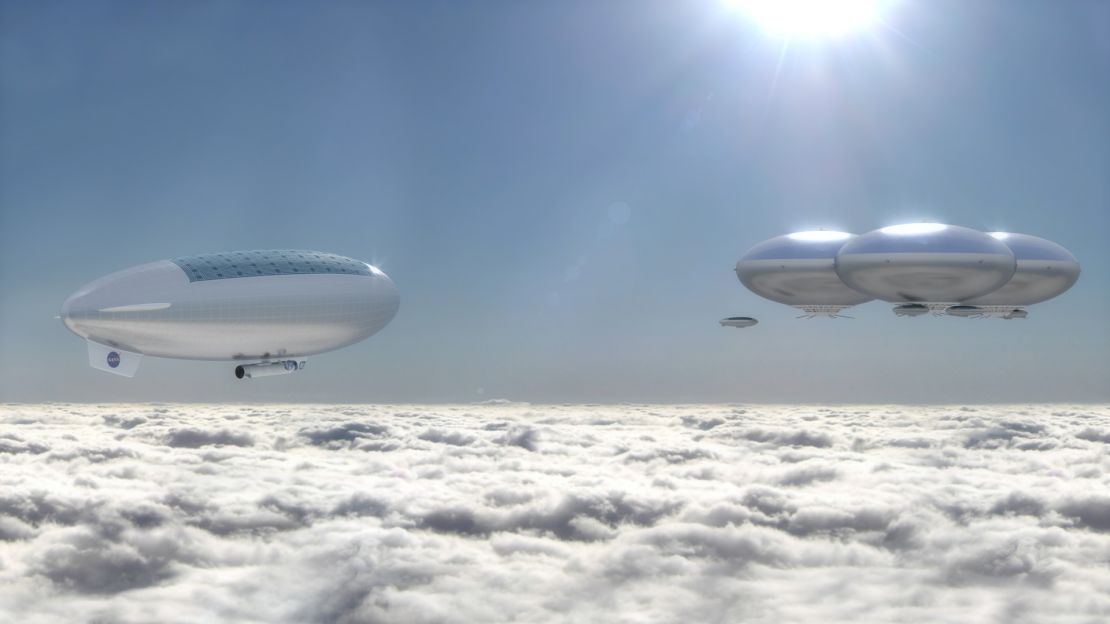
“McQuarrie has gone on record as saying that his biggest influence was ‘Flash Gordon,’” says Reat. Cloud City’s tightly clustered metropolis at its peak resembles Mingo City from the 1930s serial, while its overall levitating structure had shades of Sky City, home of the Hawkmen.
Cloud City is one example where reality has taken cues from science fiction. In 2014, NASA proposed that “HAVOC,” a floating settlement above the toxic, highly pressurized surface of Venus, might be one way to successfully explore our nearest solar neighbor.
Ahch-To
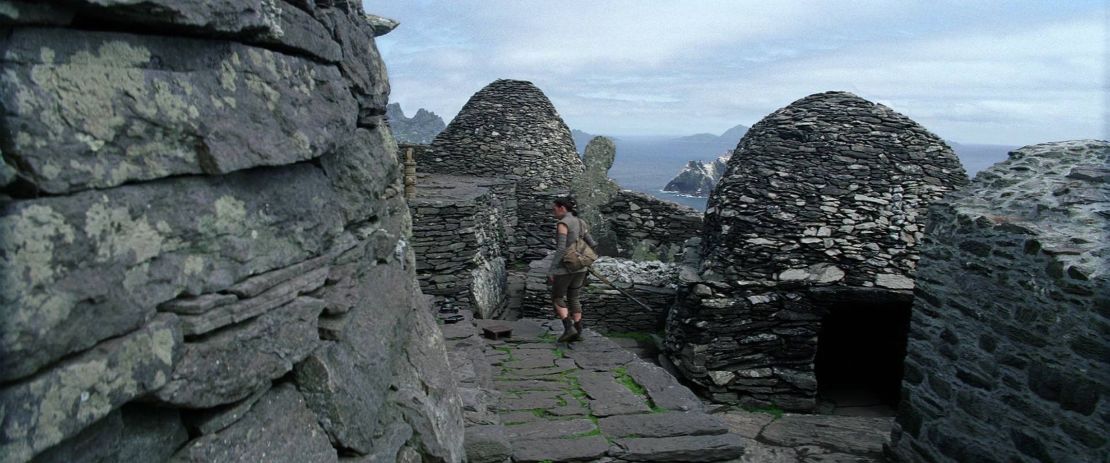
Ahch-To, Luke Skywalker’s hiding place in his later years, was a planet with more water than land. But its rocky outcrops are home to a real architectural curiosity. Star Wars lore suggests Ahch-To is home to the first Jedi temple – that’s why Luke ventured there, after all – and from what we’ve seen, it’s composed of drystone beehive huts.
This is more significant than it might sound, as there’s been criticism that the Star Wars universe has used indigenous and developing world architecture as a pejorative signifier of the primitiveness of its characters (see: the Ewoks and much of Tatooine). Reat, coming to Lucas’ defense, says “he has to try and differentiate between the hyper-dehumanized machinery” of the Empire and the naturalistic, adaptive architecture of others – which, Reat argues, is actually more sophisticated.
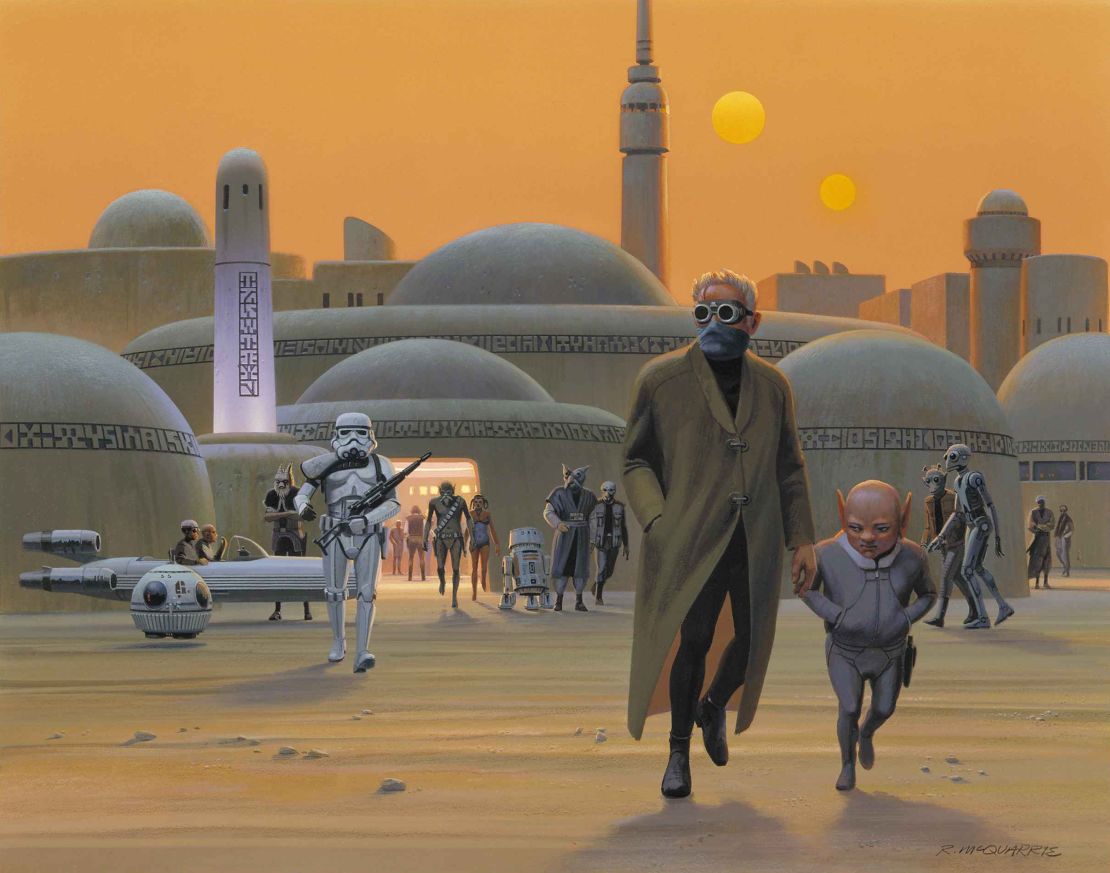
In reality, the drystone huts used in “The Force Awakens” are called clochans, and comprise a 6th-century Christian monastery on Skellig Michael, an outcrop off the southwest coast of Ireland. We’ll be seeing a lot more of them in “The Last Jedi,” although the exact nature of their architects remains undisclosed at this stage.
Whether they break this cycle or confirm Star Wars stereotypes hangs in the balance.
A gallery caption in an earlier version of this story incorrectly identified the Roman Empire’s first cathedral. It was St. John Lateran in Rome.
“The Art of Star Wars: The Last Jedi” (Abrams) by Phil Szostak with a foreword by Rian Johnson is released December 15.
“Star Wars: The Last Jedi” is released in the US on December 15.















































